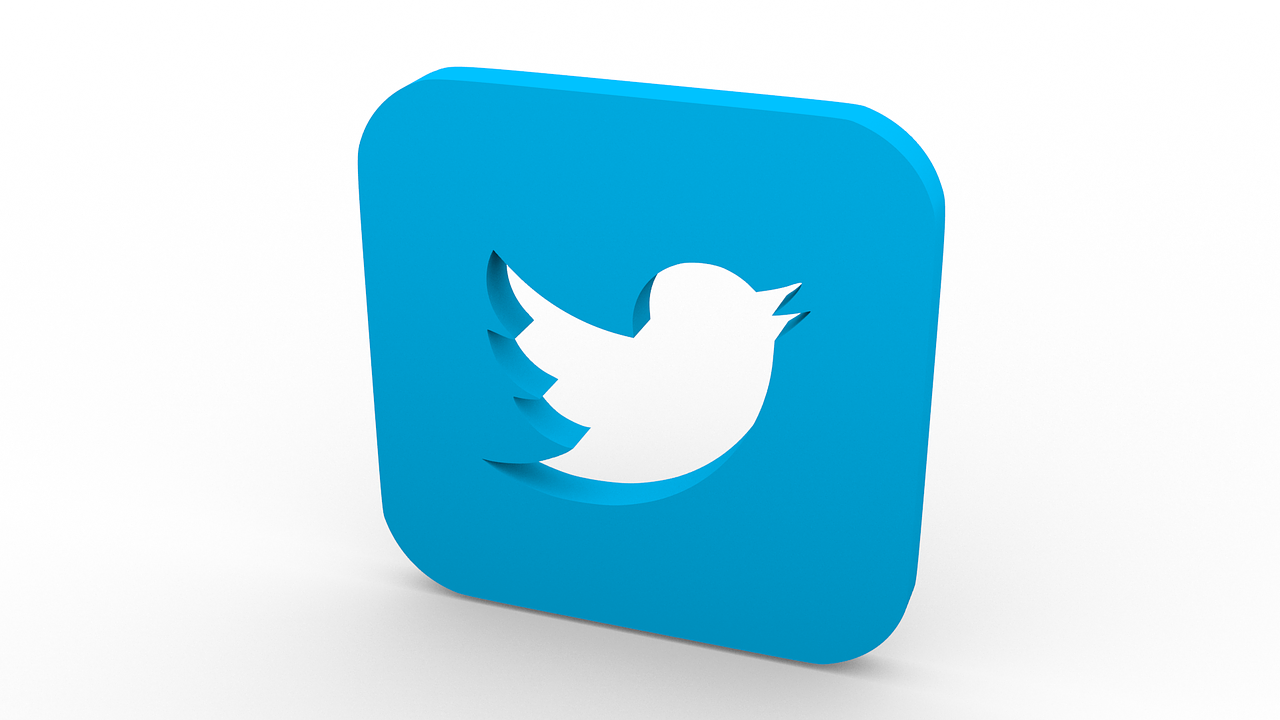In the PR world, when we kick-start a new engagement we may ask a client, “Where do you want to see your brand? When it comes to media, do you have a ‘wish list’?” Naturally, the initial response may be a preference for splashy stories in top-tier outlets like The Wall Street Journal, Bloomberg, New York Times, or Fortune. And we agree that nothing is quite as rewarding as securing that one BIG media placement.
While those outlets are undeniably desirable for B2B PR, the definition of top-tier media Isn’t the same for all programs. The media landscape is cluttered, and it’s always changing. The migration of news to digital platforms has disrupted the news business, and new outlets are always coming on board. So, there’s not a one-size fits all approach to PR or media relations. What may be one company’s tier-three can be another brand’s tier-one.
To execute a strong PR program and target the media outlets that will work best for your brand, assess your goals. Only then can you make meaningful recommendations on outlets that would be most influential.
Assess your audience
In B2B PR, you come across different audience segments, but the three main audience groups typically are: stakeholders, customers and reporters.
A private company or startup wanting to catch investor attention has different objectives than a public company looking to increase their customer base and market share. The audiences are fundamentally different. Industry-specific publications, whether healthcare, retail, or financial services, may lack the overall readership numbers and broad reach of a national news site, but they resonate with a given target audience and engage decision-makers that can impact an organization’s growth. For example, Street Fight covering local marketing, commerce and advertising may not generally be considered a top-tier outlet, but for our client Uberall, Street Fight is a very valuable trade and always gets the attention of audiences who count.
Make vertical trades a MUST for PR strategy
While we cannot deny the power of a top-tier national media coverage, vertical media has proven very meaningful. Why? Vertical outlets allow more in-depth and targeted storytelling, focus on stories that may be too complex for a bigger outlet, spotlight the C-suite executive bench and drive demand-gen efforts.
Moreover, these trades are an excellent avenue for vertical-specific reporters at bigger business publications like Bloomberg or The Wall Street Journal. Top-tier beat reporters tend to follow trades in their sector to keep a pulse on the topics beyond the high-level announcements and breaking stories.
With publications like Morning Brew generating multiple vertical-specific publications (across retail, tech, HR and finance among others) and Time magazine’s dedicated business vertical, there are plenty of opportunities for brands to build their coverage pipeline.
Newer forms of media – a game changer
As with vertical trade press, other forms of media are evolving to yield excellent outcomes. Some of the most important are newsletters and substack, a venture-backed platform allowing writers to connect with their audiences directly through their inbox. They offer new access points for earned media hits. Readers can select the topics and reporters they like, which presumably helps fuel engagement. In the middle of the pandemic, we saw a number of established reporters leaving for newsletters and creating their own ‘mini media empire’. Such platforms have created an industry not only for the writers but also a perfect opportunity for PR teams to connect their clients directly with their desired audience.
The paywall conundrum
Let’s face it, paywalls are becoming the future. Name any top-tier pub — NYT, WSJ, Forbes, Insider and Washington Post, among others – and they’re likely to be inaccessible to readers without a monthly subscription. Some allow non-subscribers to see a limited number of articles before directing to the payment channel, but the limits are there.
During the pandemic, many media groups dropped paywalls for a time, but we’re now seeing paywalls re-emerge. Last year, Reuters restricted its free online content and unveiled a new subscription website. Sports Illustrated also launched its new digital premium membership. Paywall methods like this one weed out many readers that some argue represent a gateway to an engaged, loyal audience. But no matter how you feel about it, this changing business model is important to consider in determining your editorial media plan to secure coverage and maximize reach. Consider exploring and pivoting to tier-two media, as they often can be just as useful, if not better, than top-tier outlets to drive new levels of awareness for a campaign or brand.
—
PR teams must work with the brand team to shape the messaging strategy to reach the right media and ultimate audiences in a timely fashion. We’re the experts here, so understand the business involved, ask questions and don’t shy away from recommending new media targets beyond the top tier.






